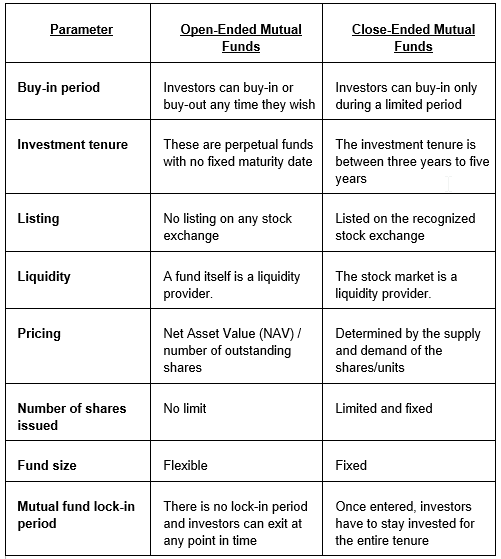do closed end funds have liquidity risk
On the other hand closed end funds have a fixed number of shares. With open-ended funds the fund company must accept your redemption whenever you want.

Open Ended Mutual Fund Vs Close Ended Mutual Fund What To Prefer
Closed-end funds CEFs can be one solution with yields averaging 673.

. Closed-end funds can be subject to liquidity problems both at the level of the fund and at the level of the shareholders Faust says. A closed-end fund generally is not required to buy its shares back from investors upon request. Since closed-end funds are a much smaller asset class than open-end mutual funds ETFs and stocks some of them have much less trading liquidity.
When the Investment Company Act was enacted it was understood that redeemability meant that an open-end fund had to have a liquid portfolio. There is no assurance that a fund will meet its investment objective or that distributions will be made. Costs the expense ratios are competitive with most open end mutual funds but still.
Active bond funds more likely to target illiquid investments. This flexibility means closed-end funds possess the ability to invest in less liquid companiescompanies that may offer growth potential over the long. CEFs have a limited number of shares that trade in the market whereas there are essentially an unlimited amount of.
Closed-end funds begin their life cycles by issuing a fixed number of shares through an IPO. Bond ETFs use of liquidity screens mean they tend to hold less liquidity-risky assets. Closed-end funds do not have this restriction.
Funds or funds4 or closed-end upon which several of the Acts other provisions depend turns on whether the investment companys shareholders have the right to redeem their shares on demand. Like any investment product closed-end funds offer opportunity but also come with a number of risks some of which are listed below. This is a significant risk for closed end bond funds as a default by one or more of the CEFs underlying bond holdings can have a significant impact on the CEFs NAV market price and ability to make distributions to shareholders.
It stipulates that mutual funds have up to seven days to distribute sale proceeds to shareholders although most do it the next business day. Get this must-read guide if you are considering investing in mutual funds. LiquidityLow Volume higher liquidity risk exists for funds with low volumes.
The value of a CEF can decrease due to movements in the overall financial markets. That is closed-end fund shares generally are not redeemable. This can result in losses if an investor wants to get money.
With a closed-end fund the number of shares is fixed and shares are not redeemable from the fund. CEFs Are Not as Liquid as a Mutual Fund Of course CEFs are not without risks. The closing price and net asset value NAV of a funds shares will fluctuate with market conditions.
The relative lack of popularity of closed-end funds can be explained by the fact that they are a somewhat complex investment vehicle that tends to be less liquid and more volatile than open-ended. This makes ETFs much less likely to have. The Investment Company Act of 1940 address two key concerns relating to liquidity risk.
Prudent investors focus on closed-end funds where the leverage is 35 or less. Ad Learn why mutual funds may not be tailored to meet your retirement needs. Just like open-ended funds closed-end funds are subject to market movements and volatility.
Closed-end funds that invest in foreign securities may involve a high degree of risk. 5 from preferred shares 10 in net asset value 50. Liquidity risk is defined as the risk that a fund could not meet requests to redeem shares issued by the fund without significant dilution of remaining investors interests in the fund.
You could lose some or all your investment. Closed-end funds will generally keep structural leverage between 20 to 40 of the value of its assets. Leverage magnifies returns both positively and negatively.
In addition closed-end fund frequently trade at a discount to their net asset values which may increase your risk of. In addition they are allowed to hold a greater percentage of illiquid securities in their investment portfolios than mutual funds are. Those shares are first issued through an IPO and then trade on an exchange just like stocks or ETFs.
Unlike open-end funds closed-end funds do not need to maintain liquidity to meet daily redemptions. Closed-end funds may trade at a premium to NAV but often trade at a discount. It also allows funds to only hold a maximum of 15 of fund assets in illiquid securities.
Less liquid than open-end funds Available only through brokers May get heavily discounted Closed-End Funds and Net Asset Value NAV Its pricing is one of the unique characteristics of a closed-end. Unlike open-end funds managers are not allowed to create new shares to meet demand from investors. In other words it could be harder to buy and sell the stock at desirable prices depending on how many people are willing to take the other side of your trade.
Thereafter those shares trade on an exchange. See locating the leverage status using the closed-end fund screener for more information. This creates a permanent asset base which allows.
A prudent way to access the illiquidity premium is to use whats called a closed-end investment vehicle. Yet most experts caution against doing just that. This leverage can lead to higher returns for investors but it also makes losses more pronounced in down markets.
Closed-end funds can be subject to liquidity problems both at the level of the fund and at the level of the. Their yields range from 632 on average for bond CEFs to 722 for the average stock CEF according to Lipper Inc. CEF shares are bought and sold at market price determined by.
Thus they have more flexibility to invest in less liquid securities. Liquidity Risk Although CEFs are listed and traded on an exchange the degree of liquidity or ability to. This CEF has a leverage ratio of 50 computed as capital from preferred shares divided by net asset value.
What Is The Difference Between Closed And Open Ended Funds Quora
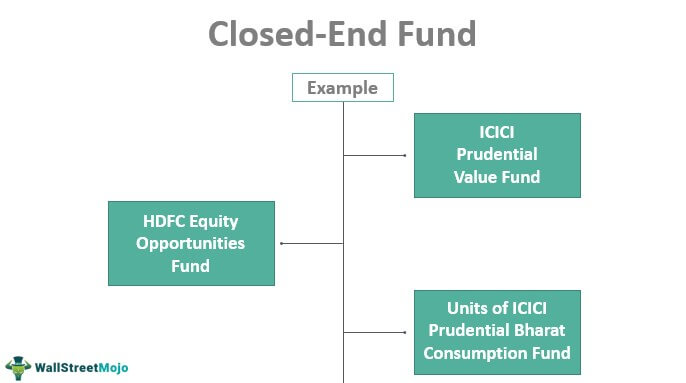
Closed End Fund Definition Examples How It Works

Investing In Closed End Funds Nuveen

Closed Vs Open Ended Funds Which One Do I Pick Mutual Funds Etfs Trading Q A By Zerodha All Your Queries On Trading And Markets Answered
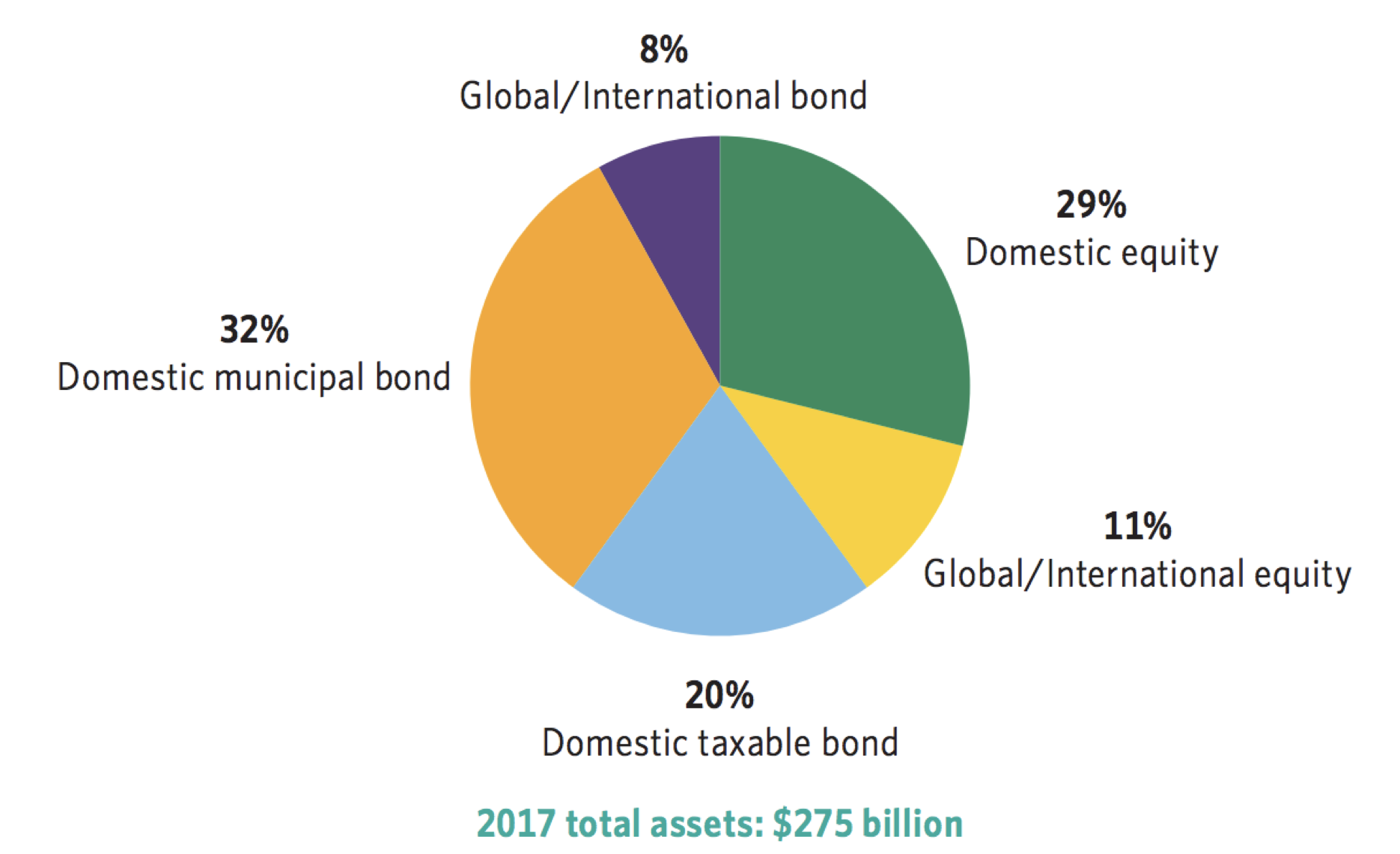
A Guide To Investing In Closed End Funds Cefs Intelligent Income By Simply Safe Dividends

5 Reasons To Use Closed End Funds In Your Portfolio Blackrock

The Problem With Open Ended Life Settlement Funds Articles Advisor Perspectives

Tourshabana What Are Closed End Vs Open End Mutual Funds Compare 4 Key Differences In Investing
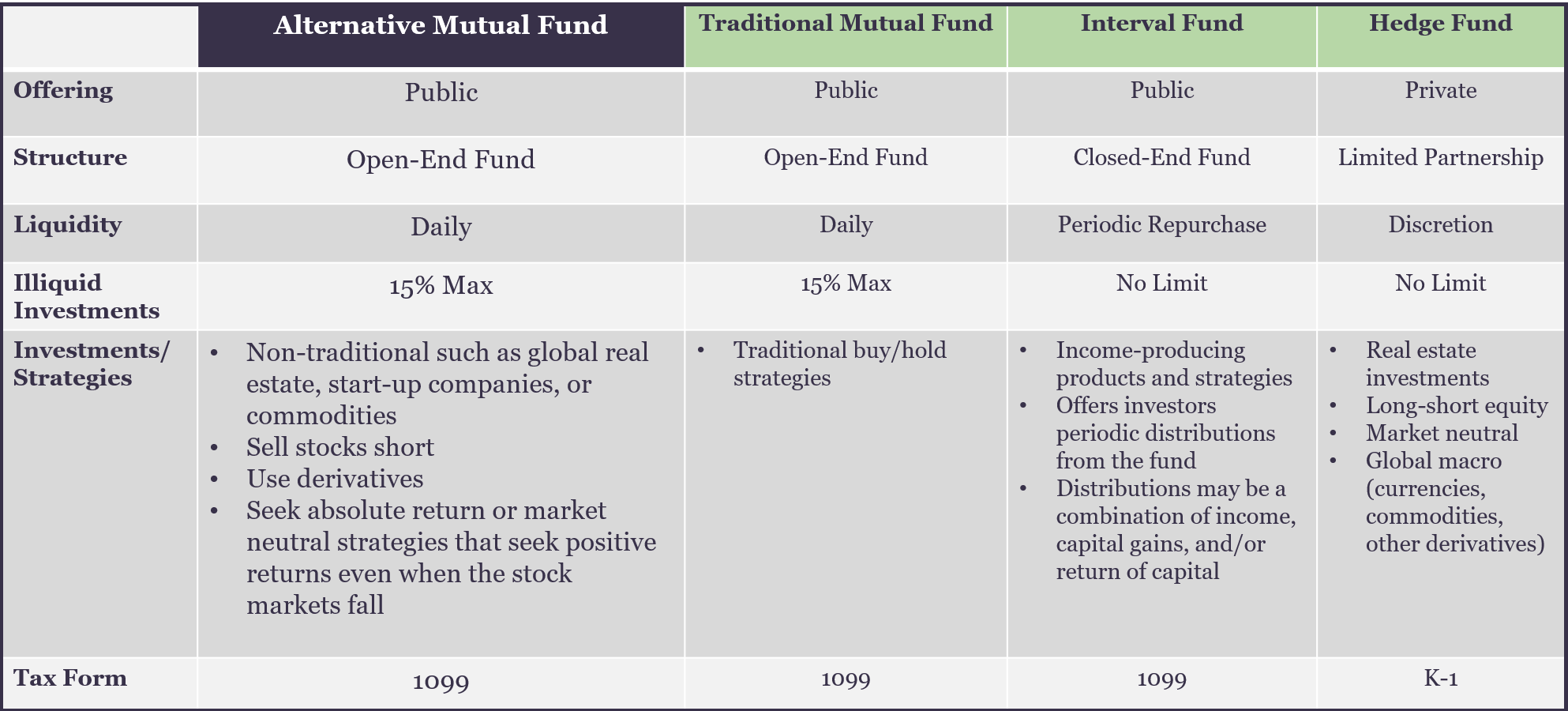
Alternative Mutual Fund Liquidity Spectrum Investment Comparison
What Is The Difference Between Closed And Open Ended Funds Quora
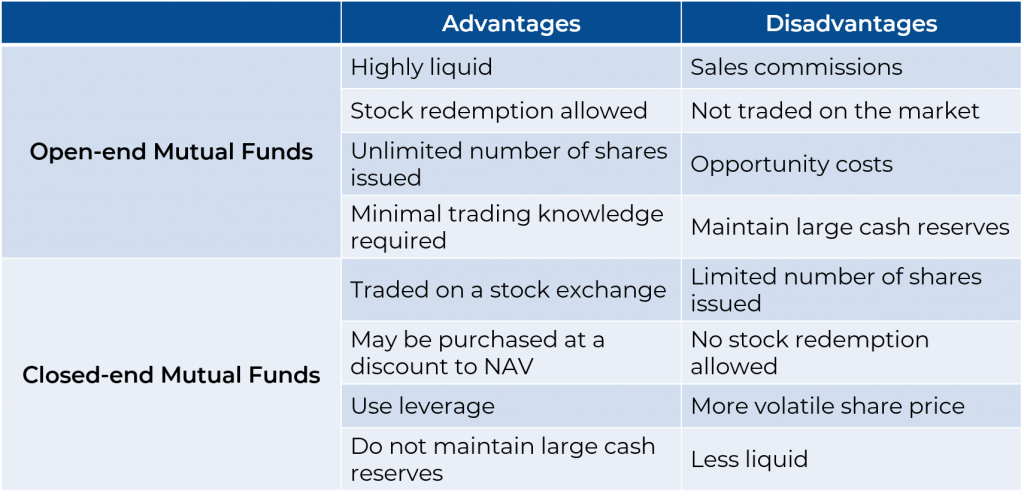
What Are Mutual Funds 365 Financial Analyst

Understanding Types Of Mutual Funds

A Guide To Investing In Closed End Funds Cefs Intelligent Income By Simply Safe Dividends
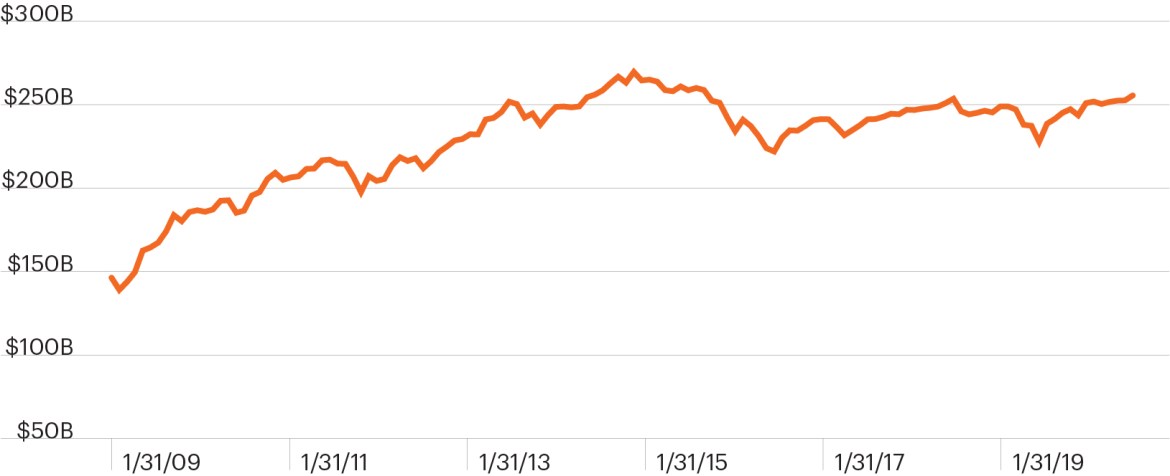
Closed End Fund Fs Investments
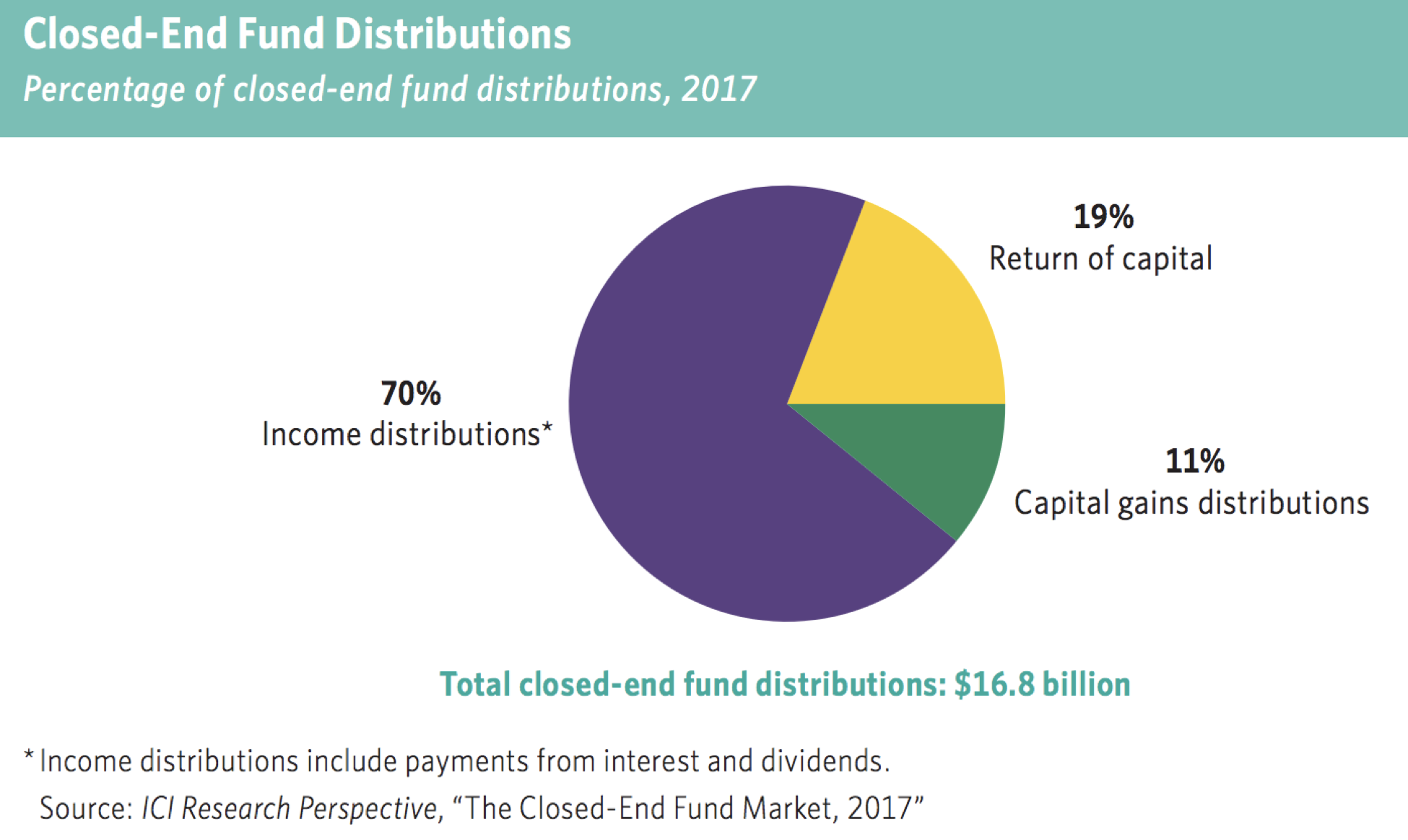
A Guide To Investing In Closed End Funds Cefs Intelligent Income By Simply Safe Dividends



